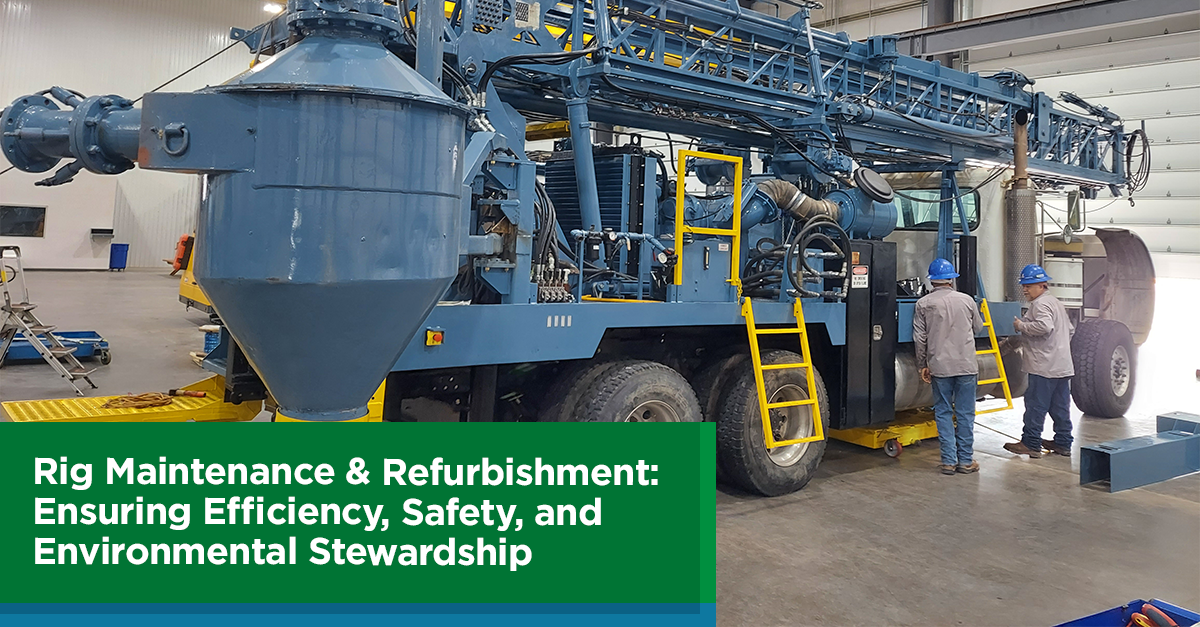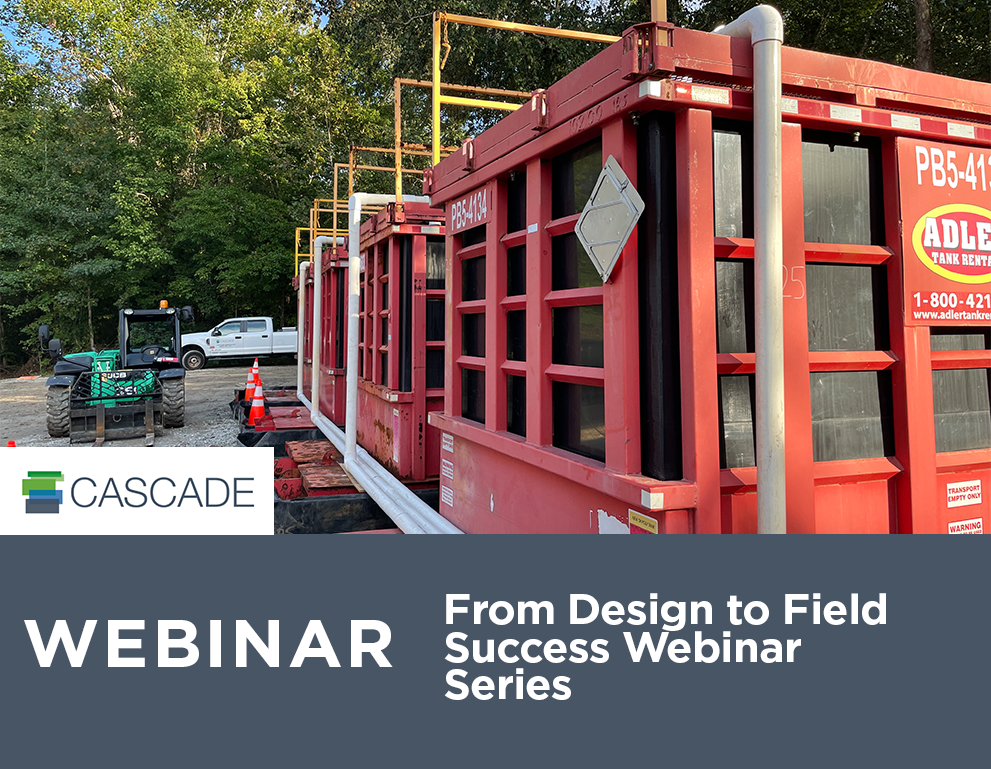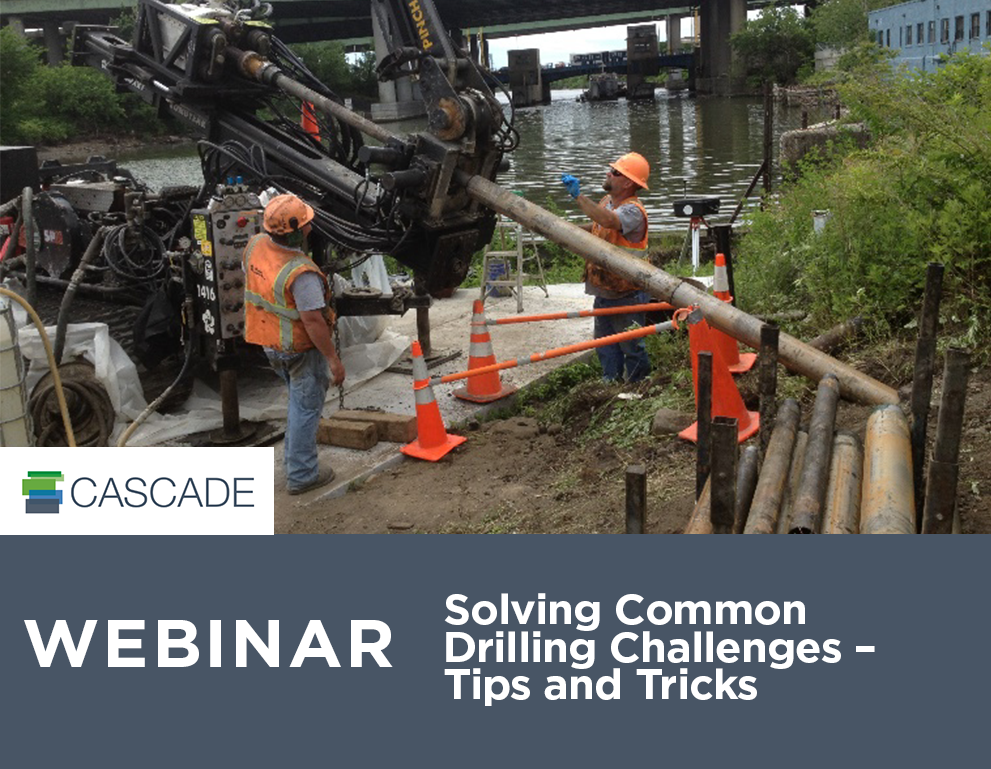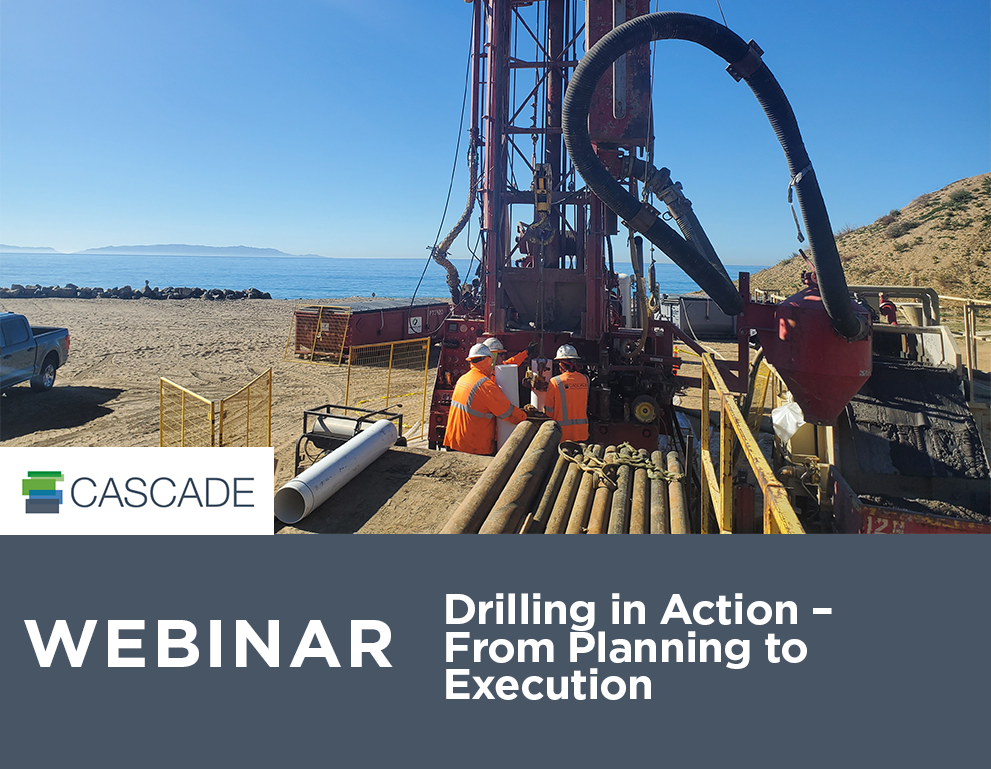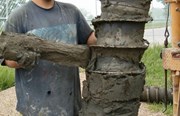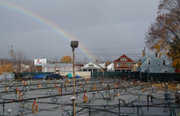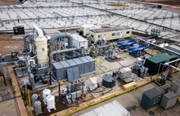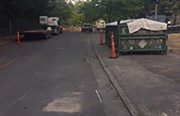Part 1: How to Apply the Return on Remediation Investment Approach to Complex Chlorinated Solvent Sites
By: Eliot CooperTackling the remediation strategy for a complex chlorinated solvent site is daunting. As the science and technology of site characterization and remediation has advanced, so too has the process for evaluating the life cycle cost of the project. A multi-factor approach referred to as Return on Remediation Investment (RORI) accounts for the cost of site characterization, remediation, transition assessment, and the site’s long-term management with respect to the design volume and actual volume of contaminants removed.
Achieving a positive RORI should be considered as a factor in evaluating the overall existing and future remediation approaches. RORI at a complex site is not optimized merely through technology selection but rather by designing an overall process to manage restoration from characterization through remedy implementation. This blog summarizes the RORI approach for complex sites involving chlorinated solvents prior to the transition to long-term management.
THE RORI APPROACH FOR COMPLEX SITES
The RORI approach for complex sites focuses on the adequacy of characterization to support a technologies remedy design that includes one or more remedies used in conjunction to treat various impacted areas. It also includes collecting adequate and targeted performance monitoring data to support the timely transition to long-term management (LTM). Experience shows that a more robust characterization effort improves conceptual site models and therefore focuses remedy design, which accelerates progress towards a passive, more cost-effective long-term solution for complex sites. Implementing these steps at project inception improves overall remedy efficacy, sustains RORI, and reduces the risk that regulators will not approve the transition to LTM. Additional front-end work can eliminate the need for additional characterization activities years into the project, and subsequently the need and costs associated with evaluating alternative active remedies, achieving additional regulatory approvals and implementing new remedies. More importantly, faulty conceptual site models lead to potentially larger liabilities as the plume migration may continue to spread.
THE ADDED REMEDIATION COMPLEXITY OF THE NEW TCE STANDARD FOR ACUTE EXPOSURES
In 2011, USEPA’s Integrated Risk Information System (IRIS) program released an updated human health risk assessment of TCE. As a result, both the cancer and non-cancer inhalation toxicity for TCE were lowered. Since 2015, additional consideration for assessing and mitigating the vapor intrusion (VI) pathway must be taken into account during Superfund remediation. All of this is likely to lead to increased costs for due diligence in real estate transactions, where additional VI investigation (with potential for more robust vapor sampling approaches) and mitigation may be necessary. Potential responsible parties (PRPs) will see changes in site cleanup standards to include VI cleanup levels, which will increase the cost and timeframe of remediation. Additionally, many sites previously closed with subsurface contamination still in place are being reopened for further remediation, and CERCLA Decision Documents are being re-evaluated to address the VI potential and ensure remedies are protective of human health.
COMPREHENSIVE CHARACTERIZATION TO UNDERSTAND WHAT STAGE YOUR SITE IS IN AND POTENTIAL FOR MATRIX BACK DIFFUSION
An upfront investment going beyond traditional characterization approaches is critical to a full understanding of the contaminant fate and transport. Chlorinated solvent releases involve heterogeneous distribution of DNAPL and other phases that are difficult to quantify. Reliance on data collected from wells with long screen intervals in transmissive zones provides little insight into distribution of DNAPL, sorbed phases, and mass stored in low permeability zones. Mass can also be stored in the downgradient low permeability zones immediately beyond the “source” where DNAPL was originally present. Back diffusion from these reservoirs can sustain plumes long after the source has been treated. This insight has led to a conceptual model that can be useful in describing DNAPL sites because it illustrates potential technology limitations. Back diffusion can limit performance of any technology based on advective transport as contaminants in less permeable zones may remain untreated. Traditional characterization approaches illuminate only a portion of the problem. For example, data from monitoring wells show aqueous phase TCE in transmissive zones with concentrations averaged across the screened interval; however, these data provide little insight regarding low permeability zones and/or other phases such as vapor.
COMPREHENSIVE CHARACTERIZATION TO MOVE BEYOND REMEDIAL DESIGN BASED SOLELY ON MONITORING WELL DATA
Utilizing high resolution site characterization (HRSC) technologies, such as the membrane interface hydraulic profiling (MIHPT) tool and the WaterlooAPS Profiler, improve site characterization. Site characterization is often de-emphasized in a rush to install a source zone remedy. More often than not, the source zone is larger or distributed differently than originally thought, but this is realized only after initial remediation attempts, requiring iterative characterization and remediation, which increases cost and erodes the RORI.
Modern site investigation techniques, such as the USEPA Dynamic Working Planning approach, ASTM expedited site characterization or adaptive site characterization, are faster, are less expensive, and produce better outcomes than conventional site investigations. With the RORI approach, consultants consider a variety of specialized tools to optimize the amount and type of data collected to potentially customize the remediation design and footprint, increasing the probability of success and reducing execution costs.
IN CLOSING
The National Research Council (NRC) estimated that more than 126,000 sites have residual contamination preventing them from reaching closure. Of those, 12,000 sites have residual contamination that will require between 50 and 100 years to achieve restoration, at an estimated cost of $110 to $127 billion dollars. These staggering figures call for a new approach in environmental remediation design, implementation, and evaluation. The RORI approach for complex sites takes full advantage of the latest advancements in site characterization and environmental remediation technologies to achieve the project goals.
Read part 2 of this blog post >>
Learn more about applying the RORI approach for complex chlorinated sites by downloading the complete whitepaper, Remediation of Complex Chlorinated Solvent Sites While Maximizing Return on Remediation Investment.
In the whitepaper, the authors present an overview of the current state of characterization and remediation science, and present examples of how, by combining traditional and high resolution site characterization (HRSC) methods and targeted remedy options, consultants can achieve better results and provide greater value to their clients by maximizing RORI on complex chlorinated solvent sites.
If you are in the process of evaluating site characterization and remediation technologies for a current or upcoming project, connect with our field service experts by contacting me at [email protected]. For general inquiries, you can use our contact form.



